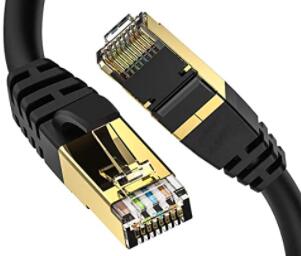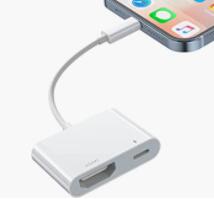Position: Home > Cable > HDMI Cable > Article
What are the 3 cable types for Ethernet?What is an Ethernet cable used for?
What are the 3 cable types for Ethernet?
The three cable types for Ethernet are:Twisted Pair Cable: This is the most common type of Ethernet cable and is used for most home and business networks. It consists of four pairs of twisted copper wires,
which helps to reduce interference and crosstalk. Twisted pair cables come in different categories, such as Cat5, Cat5e, Cat6, and Cat7, with each category having different
capabilities in terms of speed and bandwidth.
Coaxial Cable: This type of cable is less commonly used for Ethernet networks nowadays, but it used to be the standard for cable modems and other broadband connections.
It consists of a copper core surrounded by a shielded layer and a plastic jacket. Coaxial cables can support high-speed data transmission over long distances, but they are more expensive and difficult to work with than twisted pair cables.
Fiber Optic Cable: This is the fastest and most reliable type of Ethernet cable, but it is also the most expensive. It consists of thin glass or plastic fibers that transmit data using light signals. Fiber optic cables can support very high speeds over long distances without being affected by interference or signal loss. They are commonly used in large data centers and for high-speed internet connections, but are not typically used for home or small business networks.
What is an Ethernet cable used for?
An Ethernet cable is a type of networking cable that is used to connect devices together in a wired local area network (LAN). It is most commonly used to connect computers, routers, switches, modems, and other network devices to each other or to a broadband internet connection.Ethernet cables are used to transmit data between devices at high speeds, typically up to 10 gigabits per second (Gbps) or more. They provide a reliable, secure, and stable connection between devices that is not subject to interference or signal loss like wireless connections.
Ethernet cables are available in different categories, such as Cat5, Cat5e, Cat6, and Cat7, with each category having different capabilities in terms of speed, bandwidth, and maximum length. They come in different lengths and can be easily installed by plugging them into the Ethernet ports on devices.Overall, Ethernet cables are an essential component of wired networking and are widely used in homes, businesses, data centers, and other networking environments.



